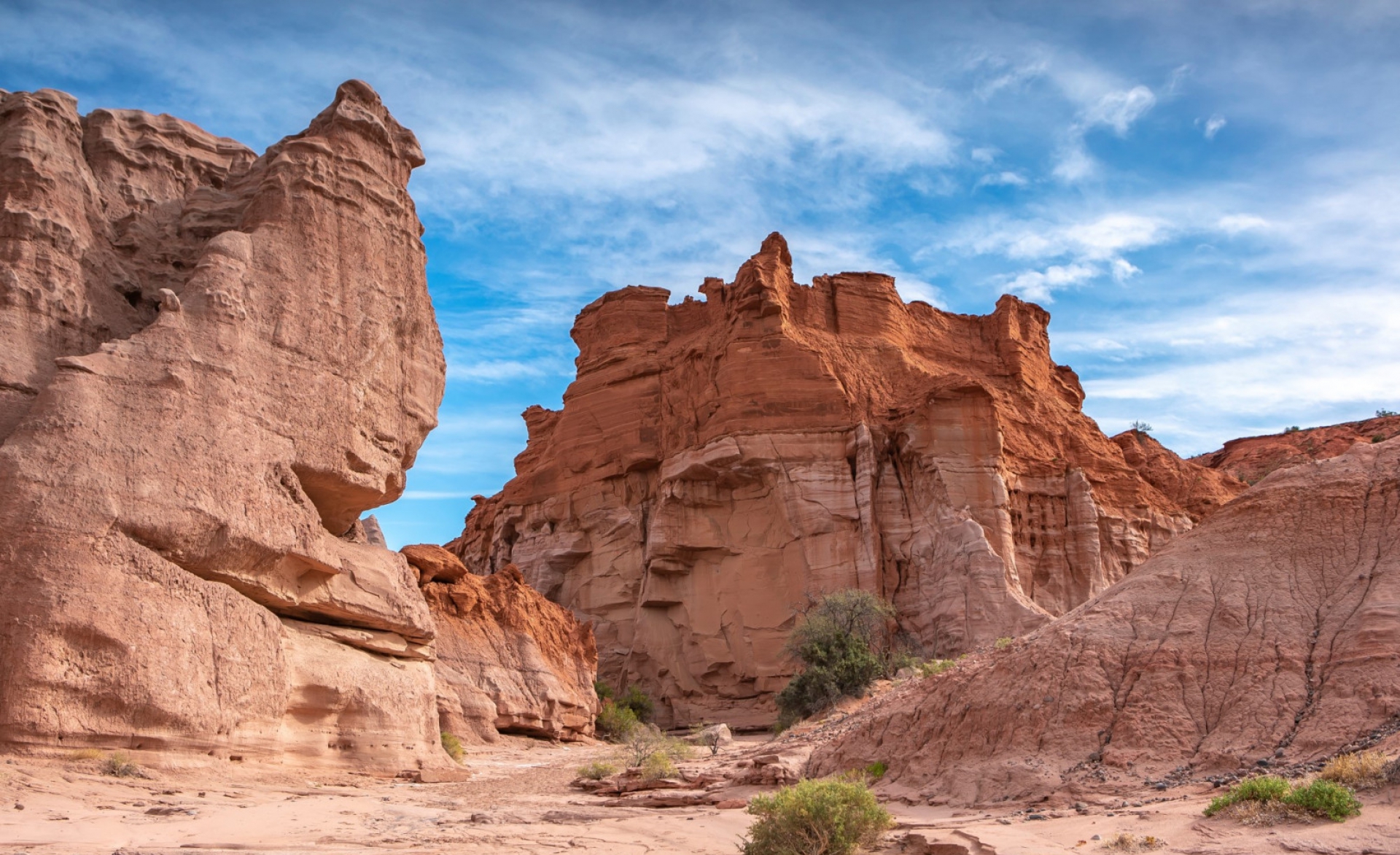Every October 8, Argentina celebrates the National Day of Natural and Cultural Heritage, a date that invites reflection and commitment to the preservation of the country's riches. This commemoration was established in 1990 by the National Executive Power through Decree N° 2.033, with the aim of encouraging society's interest in and protection of the assets that make up the country's identity.
Argentina's heritage includes not only material elements such as buildings, works of art and natural monuments, but also a vast intangible heritage transmitted from generation to generation. From the Cueva de las Manos in Santa Cruz, to the majestic Iguazú Falls, these assets are not only of aesthetic or scientific value, but are symbols of the history, culture and nature that have shaped the nation.
The natural heritage includes protected areas and natural monuments of exceptional value. Highlights include the Iguazú Falls, declared a World Natural Heritage Site in 1984; Los Glaciares National Park; Talampaya National Park, declared a World Natural Heritage Site in 2000; Los Alerces National Park, declared a World Natural Heritage Site in 2017; and the Valdés Peninsula, among others. Conserving these places not only ensures their beauty for future generations, but also protects crucial habitats for biodiversity.
The National Day of Natural and Cultural Heritage is an opportunity to renew the commitment to the preservation of these assets and to continue to be a source of pride for all Argentines.

